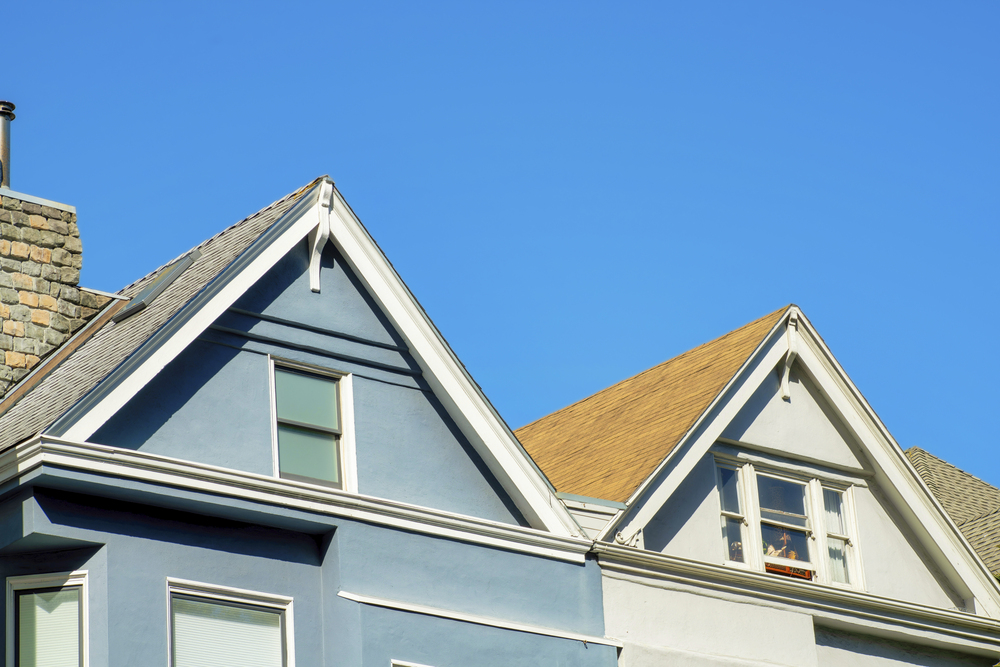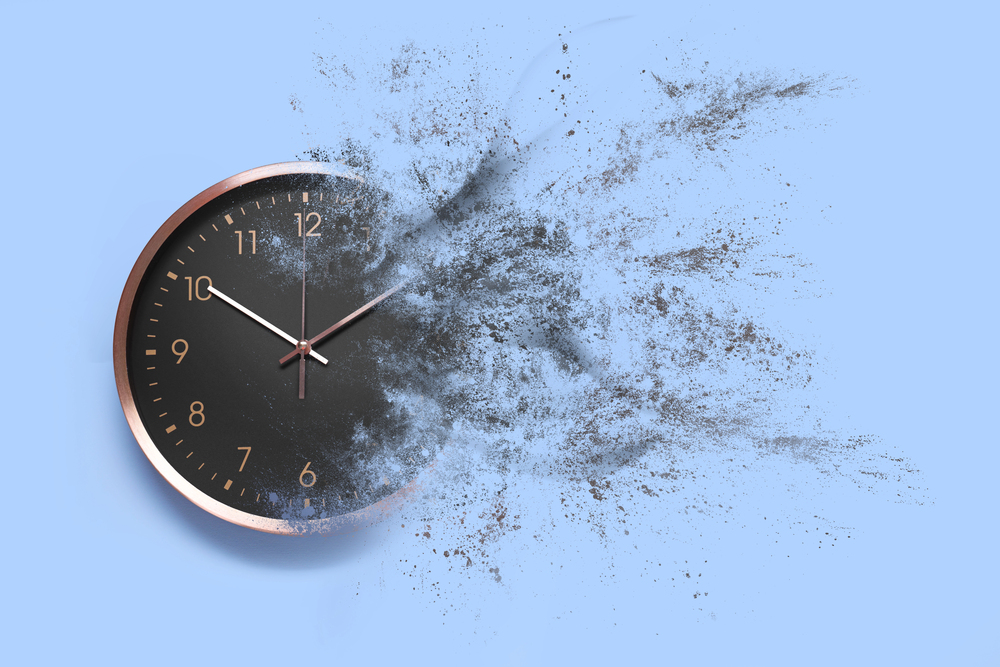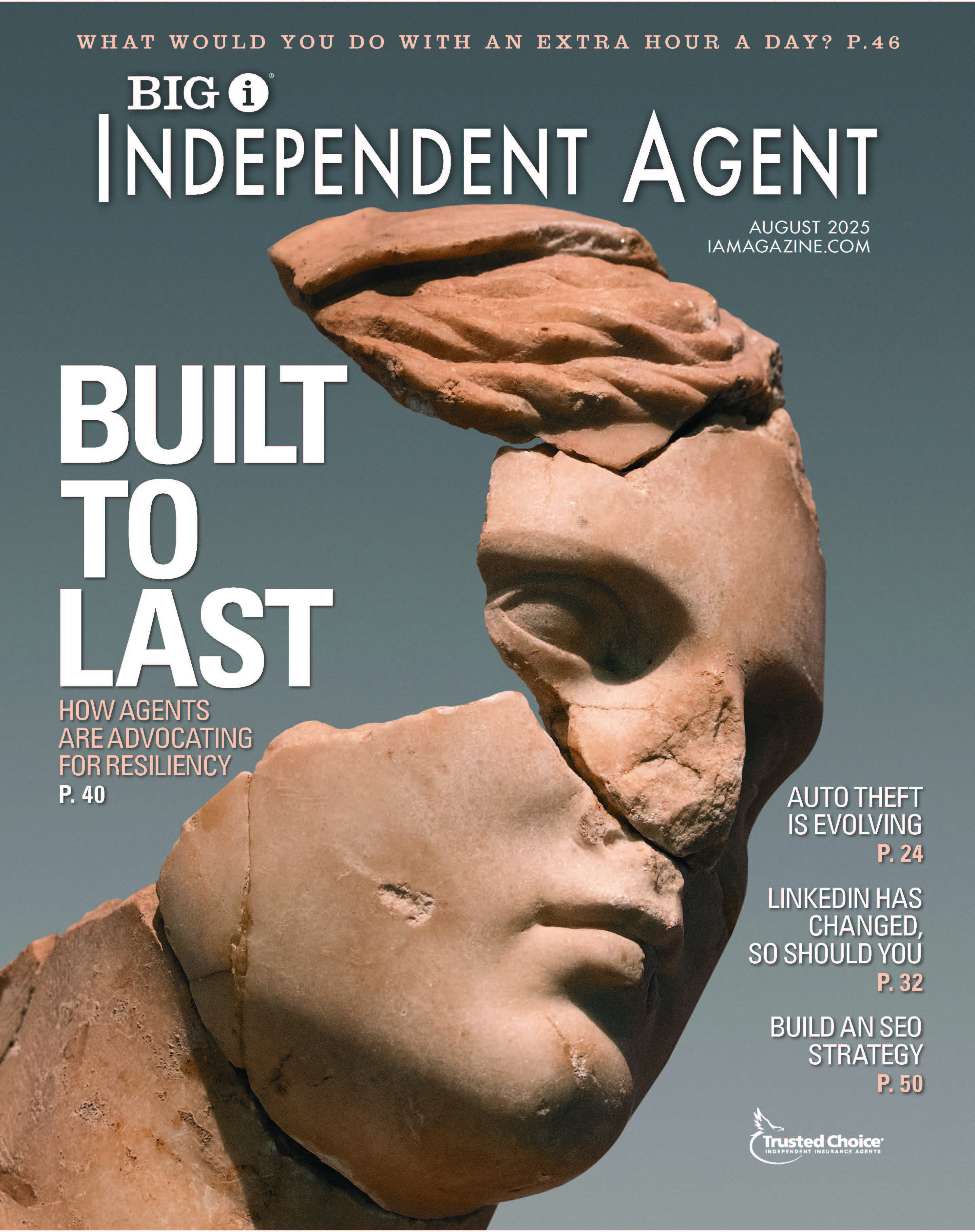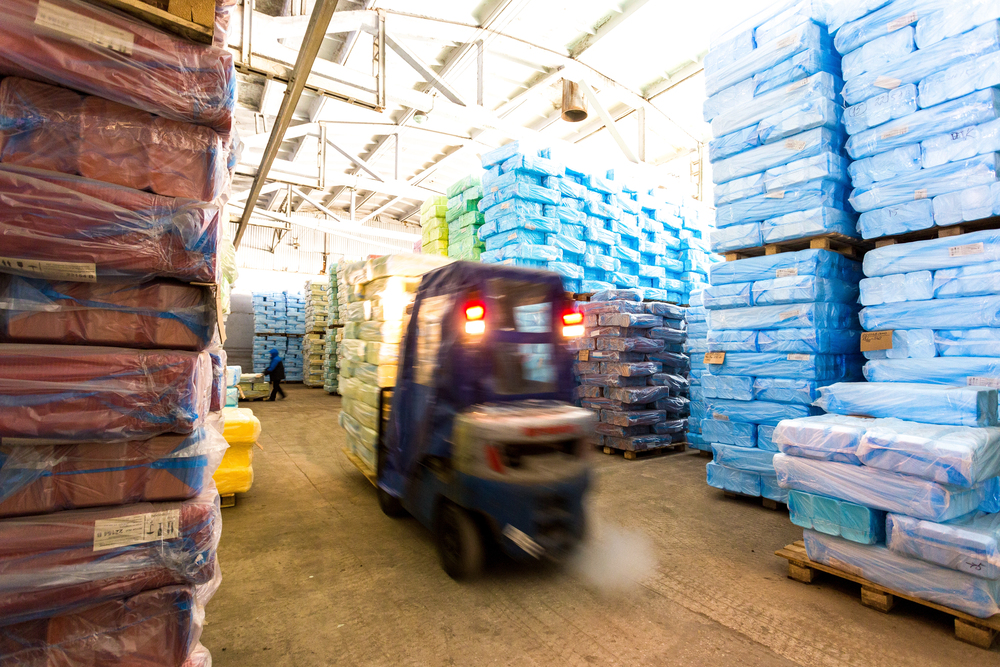Does Ordinance or Law Coverage Apply to Rot?
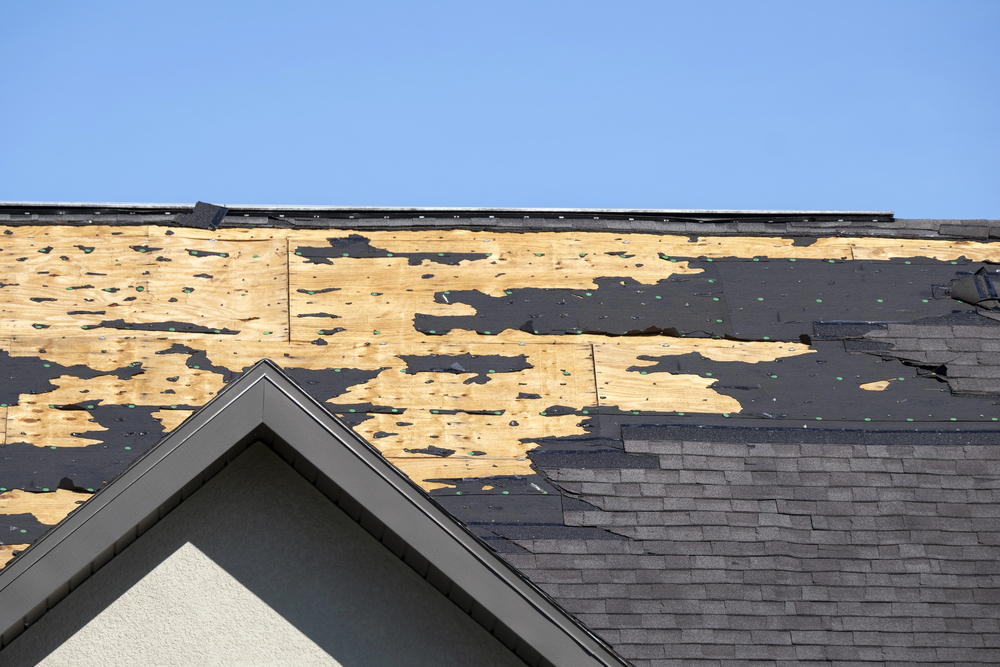
A homeowner in Nebraska experienced a wind and hail claim to his roof. The carrier has paid for the replacement of the shingles. When the adjustor, insured and roofer initially met and walked the roof, it was discussed that some areas of the roof were “squishy.”
According to the roofer and the insured, the adjustor noted that the insured had ordinance or law coverage on his policy. Therefore, if the decking needed to be replaced as well, the carrier would cover it.
Upon removal of the shingles, it was found that about 60% of the decking—the squishy areas— was soaked through and showing signs of rot. Based on the comments the adjustor made, the roofer went ahead and replaced this decking.
More importantly, local building code necessitated that the decking be replaced. The city code states that if the decking is showing signs of rot, deterioration, delamination or excessive deflection, it must be replaced.
More on homeowners
After the final bill was submitted, the carrier came back and advised that it was not going to cover the decking replacement. The adjustor stated that he informed the insured, “If the decking was damaged by a covered peril we insure against, or in the case of decking being spaced, which is not code anymore, it would be covered.” He went on to cite the wear and tear exclusion for their refusal to pay for the decking.
The agent believes the adjustor obviously erred in stating that ordinance or law coverage would cover the decking “if damaged by a covered peril.” If that were the case, the ordinance or law would be irrelevant as the policy would simply cover it.
The agent thinks the adjustor is saying that ordinance or law applies only if the decking was spaced. The policy language states that the carrier will pay for increased costs necessary to meet any applicable enforcement of the code.
The carrier’s position seems to imply that if the decking was not damaged at all, the carrier would replace it to meet code—but if the decking is damaged and that damage can’t be proven to be caused by a covered loss, it won’t replace it, even if building codes require it to be.
Q: If a local building code requires the replacement of a rotting decking, shouldn’t ordinance or law coverage respond?
Response: I don’t think the ordinance or law coverage is where you should be focusing. The policy covers losses caused by wet rot as additional coverage, and one sentence in that additional coverage provides the answer as to whether coverage applies in this situation. Here are the relevant provisions in the policy:
The insurer covers all damage to covered property unless the cause of damage is excluded elsewhere in the policy.
The insurer does not cover damage to covered property caused even indirectly by enforcement of ordinances or laws regulating the property’s repair “unless specifically provided by this policy.” They also do not cover damage caused even indirectly by wet rot, except as provided by the additional coverage for fungi, wet rot, dry rot and bacteria.
what do the experts think?
The insurer does not cover damage to the dwelling resulting even indirectly from wear and tear, deterioration, inherent vice or latent defect. They also don’t cover damage caused by corrosion or wet rot except as provided by the additional coverage. You stated that about 60% of the decking was in fact soaked through and showing signs of rot. That would seem to implicate Exclusion b.(4)(c), which makes an exception for the additional coverage.
4. ADDITIONAL COVERAGES
q. Ordinance or Law
We will pay up to the limit of insurance shown in the Declarations for “Ordinance or Law Coverage” for the increased costs necessary to meet any applicable enforcement of ordinance or law:
(1) regulating the construction, use or repair; … of covered property insured under Coverage A – Dwelling or Coverage B – Other Structures which is damaged by a peril we insure against. …
Ordinance or law coverage applies if the dwelling was damaged by “a peril we insure against.” As we’ve seen above, wet rot is not a covered peril. Therefore, I don’t think ordinance or law Coverage applies.
r. Fungi, Wet Rot, Dry Rot and Bacteria
The insurer will pay to repair or replace covered property damaged as a result of wet rot “if such loss follows prior direct physical loss to covered property caused by any peril insured against other than fire or lightning.”
Coverage hinges on whether the wet rot followed damage caused by a covered peril. Did it rain or snow after the hailstorm? If so, that may have caused the rot, in which case the insurer should pay for replacing the decking.
The bad news is that the legal burden is on your client to show that additional coverage applies. The carrier has the legal burden of showing that an exclusion applies, and it has done that.
The insured may need to hire a public adjuster or an expert to neutrally evaluate the cause of the decking’s rot.
This question was originally submitted by an agent through the Big “I” Virtual University’s (VU) Ask an Expert service, with responses curated from multiple VU faculty members. Answers to other coverage questions are available on the VU website. If you need help accessing the website, request login information.
This article is intended for general informational purposes only, and any opinions expressed are solely those of the author(s). The article is provided “as is” with no warranties or representations of any kind, and any liability is disclaimed that is in any way connected to reliance on or use of the information contained therein. The article is not intended to constitute and should not be considered legal or other professional advice, nor shall it serve as a substitute for obtaining such advice. If specific expert advice is required or desired, the services of an appropriate, competent professional, such as an attorney or accountant, should be sought.

